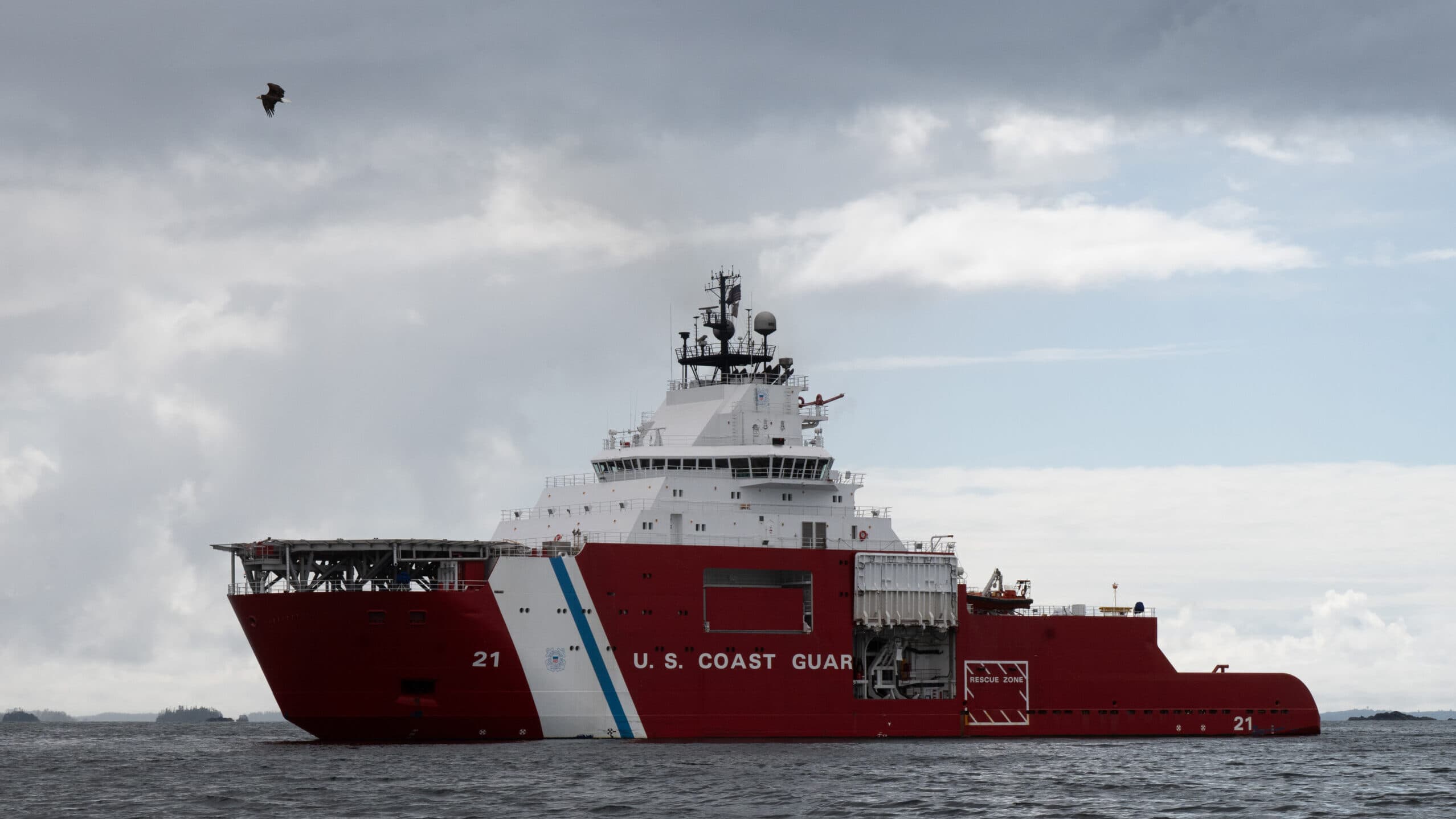Loading News Article...
We're loading the full news article for you. This includes the article content, images, author information, and related articles.
We're loading the full news article for you. This includes the article content, images, author information, and related articles.
A recent agreement between the United States and Finland for the construction of 11 icebreaker ships highlights evolving international partnerships, prompting Kenya to keenly observe such geopolitical shifts and their potential implications

In a significant development on Thursday, October 9, 2025, United States President Donald Trump and Finnish President Alexander Stubb announced a deal for the procurement of 11 new icebreaker ships for the U.S. Coast Guard. This agreement, which will see four vessels built in Finland and seven in the U.S. with Finnish assistance, underscores a deepening collaboration between the two nations, particularly in bolstering Arctic security.
The deal was sealed during an Oval Office meeting where President Trump lauded Finland's expertise in icebreaker technology, stating, "Nobody makes them like Finland." President Stubb, who has cultivated a friendly relationship with Trump, including a golf outing in March 2025, highlighted the strategic importance of the Arctic region. This partnership is also aligned with the trilateral Icebreaker Collaboration Effort (ICE Pact) involving Finland, the United States, and Canada.
The collaboration comes as Washington seeks to enhance its polar projection capabilities amidst increasing competition for the strategic Arctic region. The U.S. Coast Guard has historically relied on a limited fleet of icebreakers, making this procurement a crucial step in strengthening American presence in the Arctic. Finland, a NATO member since 2023, shares a significant border with Russia and has actively sought to strengthen its defence ties with Western allies.
For Kenya, a nation actively reviewing and recalibrating its foreign policy, such international agreements offer valuable insights into the dynamics of global power shifts. Kenya's foreign policy, anchored on pillars of peace, economic development, environmental leadership, cultural diplomacy, and enhancing its international stature, prioritises strengthening bilateral relations and fostering strategic partnerships.
The agreement between the U.S. and Finland is based on a Memorandum of Understanding (MoU) signed by Presidents Trump and Stubb, laying the groundwork for commercial agreements between the U.S. Coast Guard and Finnish companies. This legal framework facilitates the joint design and construction of the icebreakers, with the first deliveries anticipated by 2028.
Kenya's foreign policy, revised in 2024, emphasizes economic diplomacy to attract foreign investment, boost trade, and open new markets. The country has actively pursued bilateral and multilateral trade agreements, including with the European Union, the United States, China, and the United Arab Emirates, to advance its national interests.
Finnish Prime Minister Petteri Orpo, who also attended the White House meeting, expressed satisfaction with the agreement, noting its benefits for Finland's maritime industry, economy, and employment. Minister for Foreign Affairs Elina Valtonen reiterated that the partnership aligns with the shared goal of strengthening Arctic development and security.
From a Kenyan perspective, analysts suggest that such developments could influence public debate and policy execution, with calls for clarity on timelines, costs, and safeguards in Kenya's own international engagements. Kenya's foreign policy aims to project, promote, and protect its interests globally through innovative diplomacy.
The U.S.-Finland icebreaker deal highlights the increasing geopolitical importance of the Arctic, a region where global powers are vying for influence. This could lead to heightened tensions and a militarisation of the Arctic, with potential implications for international maritime security and trade routes. For Kenya, while not directly involved in Arctic affairs, the shifting global alliances and increased focus on strategic regions could indirectly impact its trade partnerships and security considerations.
While the agreement outlines the number of ships and general construction locations, specific financial details, precise timelines for all 11 vessels, and the full scope of technology transfer remain to be fully disclosed. The long-term implications of this deepened military-industrial cooperation between the U.S. and Finland on other international relations are also yet to unfold.
The Memorandum of Understanding was signed on Thursday, October 9, 2025. Commercial agreements between the U.S. Coast Guard and Finnish companies are expected to follow, with construction commencing and the first deliveries targeted for 2028.
Observers will be watching for further details on the commercial contracts, the progress of construction, and how this collaboration influences broader Arctic policy and international relations. For Kenya, the focus remains on how such international partnerships might shape global trade dynamics and opportunities for its own economic diplomacy initiatives.
Keep the conversation in one place—threads here stay linked to the story and in the forums.
Other hot threads
E-sports and Gaming Community in Kenya
Active 6 months ago
Popular Recreational Activities Across Counties
Active 6 months ago
Investing in Youth Sports Development Programs
Active 6 months ago
The Role of Technology in Modern Agriculture (AgriTech)
Active 6 months ago